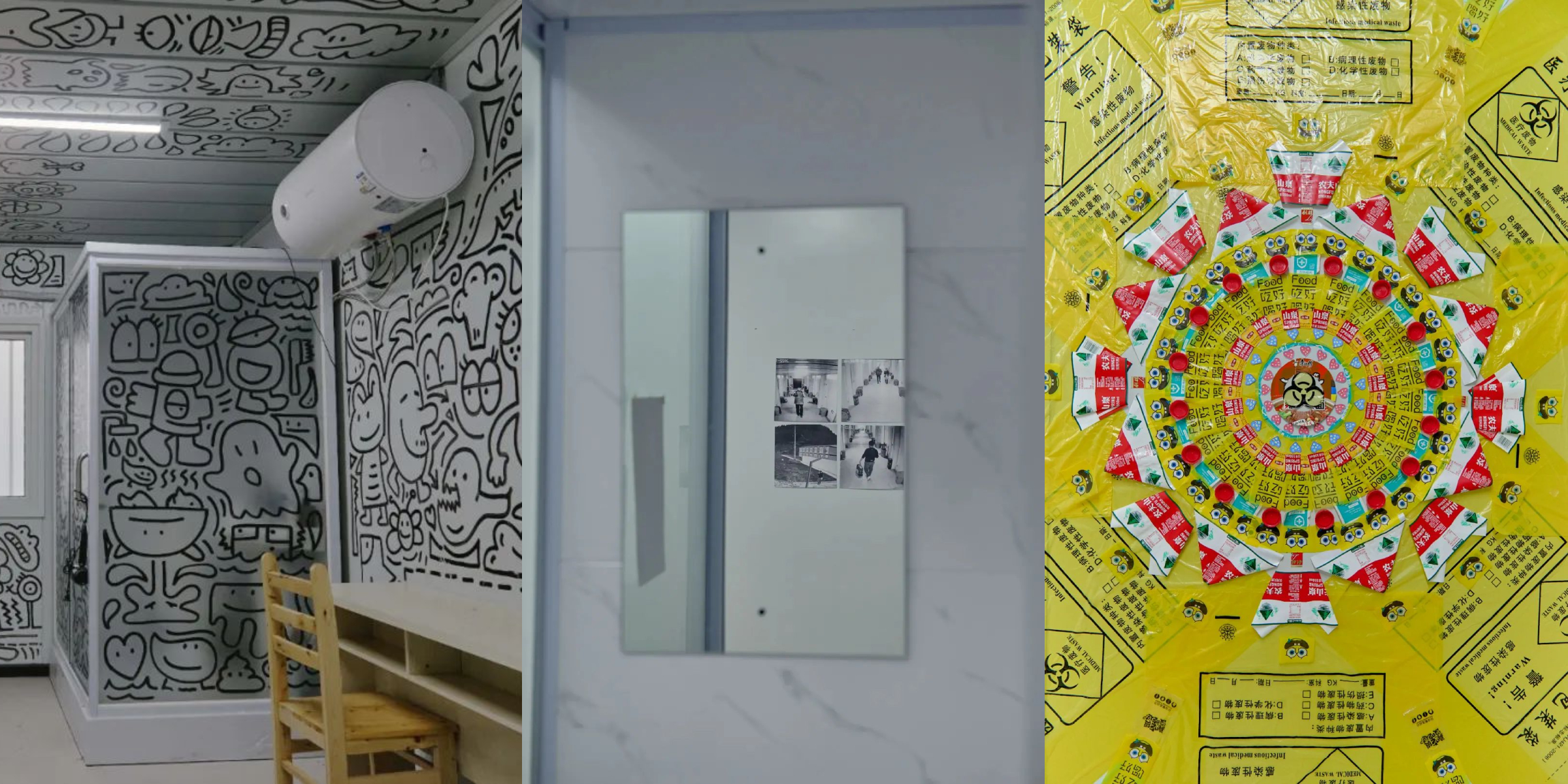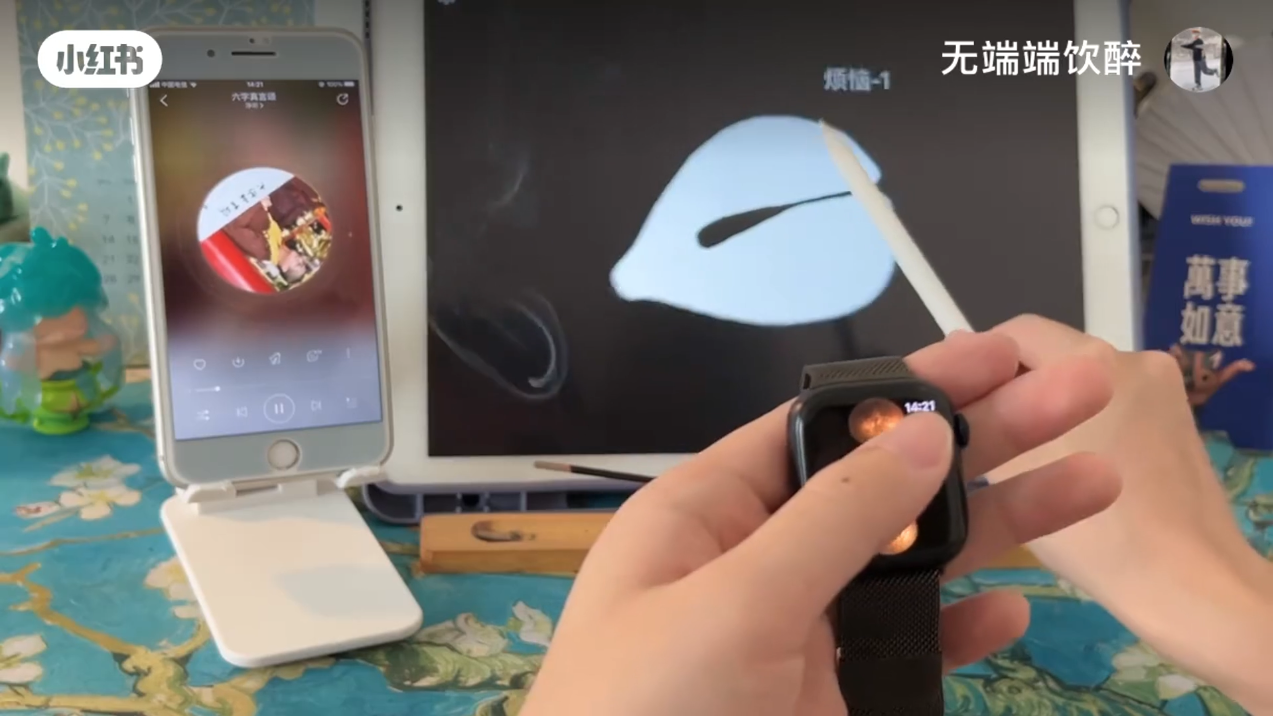What Shanghai protesters want and fear
China Report is MIT Technology Review’s newsletter about technology developments in China. Sign up to receive it in your inbox every Tuesday.
The past week has meant many sleepless nights for people in China, and for people like me who are intently watching from afar.
You may have seen that nearly three years after the pandemic started, protests have erupted across the country. In Beijing, Shanghai, Urumqi, Guangzhou, Wuhan, Chengdu, and more cities and towns, hundreds of people have taken to the streets to mourn the lives lost in an apartment fire in Urumqi and to demand that the government roll back its strict pandemic policies, which many blame for trapping those who died.
It’s remarkable. It’s likely the largest grassroots protest in China in decades, and it’s happening at a time when the Chinese government is better than ever at monitoring and suppressing dissent.
Videos of these protests have been shared in real time on social media—on both Chinese and American platforms, even though the latter are technically blocked in the country—and they have quickly become international front-page news. However, discussions among foreigners have too often reduced the protests to the most sensational clips, particularly ones in which protesters directly criticize President Xi Jinping or the ruling party.
The reality is more complicated. As in any spontaneous protest, different people want different things. Some only want to abolish the zero-covid policies, while others have made direct calls for freedom of speech or a change of leadership.
I talked to two Shanghai residents who attended the protests to understand what they experienced firsthand, why they went, and what’s making them anxious about the thought of going again. Both have requested we use only their surnames, to avoid political retribution.
Zhang, who went to the first protest in Shanghai after midnight on Saturday, told me he was motivated by a desire to let people know his discontent. “Not everyone can silently suffer from your actions,” he told me, referring to government officials. “No. People’s lives have been really rough, and you should reflect on yourself.”
In the hour that he was there, Zhang said, protesters were mostly chanting slogans that stayed close to opposing zero-covid policies—like the now-famous line “Say no to covid tests, yes to food. No to lockdowns, yes to freedom,” which came from a protest by one Chinese citizen, Peng Lifa, right before China’s heavily guarded party congress meeting last month.
While Peng hasn’t been seen in public since, his slogans have been heard and seen everywhere in China over the past week. Relaxing China’s strict pandemic control measures, which often don’t reflect a scientific understanding of the virus, is the most essential—and most agreed-upon—demand.
One picture that’s been circulating widely on Chinese social media since Monday is a good example of these more pragmatic calls. Among six demands listed, it asks the government to apologize for unreasonable covid policies, to stop exaggerating the risks of contracting covid, to abandon QR-code-based pandemic surveillance measures, and to resume allowing everyday activities like dining in restaurants and going to movie theaters.
It was really only later that night (or, more accurately, early the next morning, around 3 a.m.), that the chants got more radical and more political, when some people directly called for the Chinese Communist Party and Xi to step down. Zhang had already left by then, but from home he saw videos on social media.
Chen, another Shanghai resident, went to the second protest on Sunday afternoon in the same location and heard much of the same as Zhang. She said that while everyone echoed the demands for relaxing the testing system and increasing freedom, there were some chants explicitly mentioning Xi or the Communist Party. These, she said, were noticeably less loud.
Chen agreed that people have the right to say whatever they want, but she worried that it may divert the public’s attention from what she sees as the core message: “It’s unnecessary to shout out too radical political slogans from the beginning. It’s too radical.”
The people protesting are clearly not a monolith. And, to be fair, it is the first time many of them are participating in a protest in real life; they are just learning how it works. They came out of their homes because they have been genuinely disturbed by the increased covid control measures. Even after the Chinese government announced a policy to loosen restrictions in early November, the reality on the ground hasn’t really changed. In some cities, local government officials have doubled down on controls. When people hit the streets, they might be thinking of the things that are closest to their lives and not what that means on a higher political level.
It’s understandable that the rare direct criticism of China’s top leadership has raised more eyebrows overseas and made it into newspaper headlines. But it has also stirred worries that this organic, homegrown movement will be painted as foreign interference. In fact, that’s already happening. Some Chinese pro-government influencers have highlighted the anti-Xi slogans to claim that foreign actors are pushing a “color revolution.”
(Other protesters argue that the legitimacy of the protests would be doubted regardless of whether the slogans were radical or not. Smearing protesters as foreign actors is an old rule in the Chinese information-control playbook.)
So what’s going to happen next? We don’t know how long the protests are going to continue, but they have become much harder to organize and attend since the Chinese police gradually reacted to the events and increased their enforcement activities.
While Zhang has friends who worry that protesters are being pushed to become more radical as the demonstrations continue, that in particular does not trouble him. He told me he thinks it’s perfectly fine for people to have a range of thoughts and feelings. “[If you don’t agree], you can just choose not to say it,” Zhang said. “In protests, there are always going to be slogans that are too radical. You can either choose peaceful demonstrations and not say anything; or if you are speaking out, then don’t be afraid.”
What does worry him is how China’s well-oiled state surveillance system can be easily deployed against these protesters—an important part of the risk calculation for anyone who has participated and who still wants to go. Zhang read on social media that protesters in Beijing suspect their health code data has been used against them to determine who showed up. There are also reports of police checking people’s phones in Shanghai, which deeply concerned Chen and made her take a different route to work on Monday to avoid the police presence.
Chen said she worries about going to a protest again and ending up alone and falling victim to the police. But she would go if enough people showed up; she wants to, because the experience of the past days has taught her that protests really matter.
Back in October, when Peng Lifa staged that single-person protest, Chen thought it would go unnoticed. But seeing so many people in different cities chanting the same words that Peng wrote has convinced her that protests, no matter how small, can get the message across in today’s China. “These fights have meaningful results,” she said. “The [results] may not show up the next day, but they will.”
What else do you want to know about the protests? Write me at zeyi@technologyreview.com
Catch up with China
1. What else you need to know about the protests in China:
- A Uyghur living in exile confirmed that five of his relatives died in the Urumqi fire, which inspired the nationwide protests. (AP)
- Twitter, with its massively reduced anti-propaganda team, is struggling with the rise of porn spam that has obscured search results on what’s happening in Chinese cities. (Washington Post $)
- Blank sheets of white paper have become the new protest symbol. (Wall Street Journal $)
- Last week, in a separate but related protest, workers in a Foxconn factory in China clashed, sometimes violently, with security forces over salary changes and covid-infection concerns. (CNN)
2. China plans to revise its antitrust law, adding many new rules targeting tech platforms. (South China Morning Post $)
3. Four Chinese immigrants working on a marijuana farm in Oklahoma were recently killed. (NBC News)
- While it’s too early to know if it was the case in this incident, during the pandemic thousands of Chinese immigrants living on the West Coast were lured and trafficked to cannabis farms in New Mexico, Oklahoma, and the Navajo Nation. (Searchlight New Mexico)
4. The Vatican was taken by surprise by the installation of a bishop in China in a diocese that the church does not recognize. (Vatican News)
5. Serbian police bought and used Huawei-made surveillance equipment to identify fugitives and record videos of protesters. (Radio Free Europe)
6. Chinese company Sino Biopharm announced it has successfully developed three mRNA vaccines to prevent monkeypox. (News Medical)
7. Popular video games like World of Warcraft and Overwatch will no longer be playable in China after a deal between Activision Blizzard and the Chinese company NetEase fell through. (BBC)
8. China may be the biggest climate polluter today, but data shows the US is responsible for the most emissions throughout history. (MIT Technology Review)
Lost in translation
When three Chinese artists found themselves in a centralized quarantine facility in Sichuan, they decided to turn eight days in solitary into an art experiment.

As Chinese publication Bingdian Weekly reported, Meng Lichao, Chen Yu, and Yang Yang were supposed to attend an art festival in early November, but a last-minute covid case in the hotel where they were staying meant all three artists had to be transferred to a quarantine facility. Since they were missing the festival, they decided to put up art exhibitions in their individual rooms instead. Meng drew doodles over every inch of the walls and made an audio installation mixing EDM music and audio samples that say “You are being monitored.” Chen printed out surveillance camera footage of fellow residents opening their doors without management’s approval that had been shared in an attempt to publicly shame them. Yang made a collage on the wall with medical waste trash bags, cotton swabs, and food packaging from his quarantine meals.
In the end, since it’s a quarantine facility, no one could come in to see the art in their rooms except for the next batch of residents, who arrived just hours after they left.
One more thing
Who says you can’t find peace and serenity in your phone? Young Chinese people are using apps that simulate “wooden fish”—a special woodblock that Buddhist monks knock rhythmically in ceremonies—to purify themselves of sins and acquire “merit scores.” Well, most of the time it’s more of a tongue-in-cheek joke for these people than a serious religious practice. But app developers have since come up with different variations of digital wooden fish, sometimes gamifying the practice and allowing users to compete with friends for the highest merit score.


